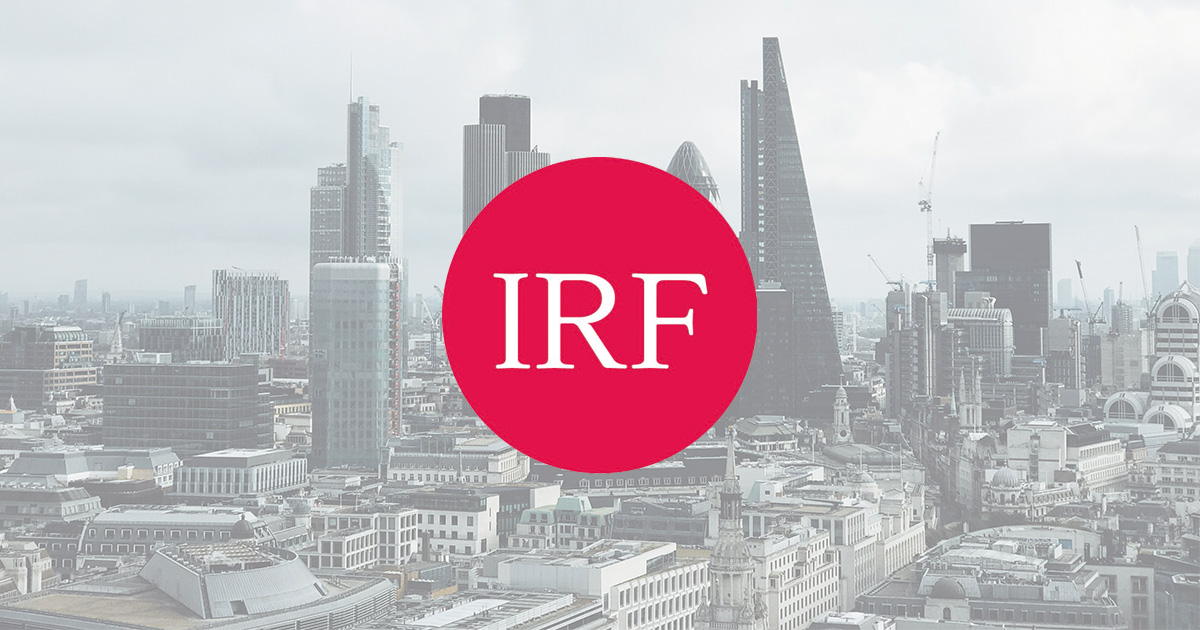Sunspot Inflation in 2021, the Real McCoy in 2022
Talking Heads Macro
Thu 27 May 2021 - 15:00
Summary
Manoj outlined his base case for inflation which is an expectation that we will peak around 5% in the May print, after which inflation will fall, whilst yields will steadily rise going in to 2022. This is due to the inflation we are seeing today being COVID related, and not macroeconomic related. What drive’s inflation: Closing output gap; significantly high monetary aggregates with rising velocity; and the use of savings particularly to buy houses. What’s clear to Manoj is that the disinflationary forces present over the last few decades have disappeared. The downward pressure from demography, in a structural sense is now lifting, which paves the way for inflation to rise, faster than people believe.
The population can be split into two pods: dependents and workers. Dependents, either young or old, consume and don't produce so are an inflationary force. Meanwhile, workers consume and produce, but on average their wages are less than their total marginal product, so are a deflationary force. When the number of workers in terms of delta outstrips the number of dependents, as of the last 30+ years - particularly with the integration of China - inflation falls. Over next 30+ years, the number of dependents - particularly the elderly - is growing very rapidly, increasing inflationary pressures. While most people believe that the Federal Reserve has killed the Phillips Curve, China has simply put it in to a coma. Moreover, pandemic debt will seem a drop in the ocean. Similar to the 1950s policymakers today have grown up with significant concerns about a backlash stemming from societal inequalities and while they've got their hearts in the right place to do what they believe is good for society, what's coming, grounded in a demographic shift and an aging population, is the really horrific part. Unlike wars, debt will not fall this time.
The kind of inflation to be worried about is not being priced in. Monetary aggregates are at all-time highs. Today, the increase in M2 is coming at a time when output growth is negative; it's a policy injection. We haven’t felt the full impact yet with people still at home and investing excess savings in their houses and the housing market, not just because it's a real asset and it protects value, but also as an alternate place to work from. The housing market plays two very important roles: One - while you're worried about fiscal deficit turning into a drag, the housing market can accelerate growth in a way that almost nothing in the economy can. Two - in places where there is an excess supply of labor, like the UK, housing can absorb employment and that leads to a much better improvement in growth. Therefore, in places with low unemployment and a strong housing market central banks will have no choice, but to be hawkish. We have already seen this with RBNZ and Norges Bank this year along with the CBR, Banxico, and Brazil. Meanwhile The Fed continues to be dovish. These central bank divides creates plenty of trading opportunities. Expect yields to rise to 3.5%, as inflation falls from 4 or 5%; when it reaches 3.5% the Fed will have to intervene.
Currently, inflation determines the level of breakevens. The slope of the breakeven curve determines the nominal yields. If the slope remains inverted, markets show you that they’re onboard with the Fed’s transitory perception which means you want to see a steepener before you start thinking about nominal yields rising. The breakeven steepner will determine where the nominal yields go. We would have to see inflation of the right kind rising, not the COVID inflation, but macroeconomic inflation and the output gap closing. Those will give you a signal that yields are going to rise because then breakevens will play the role of providing inflation protection.
In terms of specific trade recommendations Talking Heads have recently removed their breakevens call given recent inflation prints. They believe there is a lot of opportunity in Emerging Markets with focus on three main categories: Those countries that have been buoyed by high inflation whilst inflation in the US has been minimal so Mexico, Russia and Brazil. Those where inflation has been very benign such as in South Africa. Finally those where growth has outstripped inflation such as in India, Russia, Poland, Korea, and Taiwan. They are long euro against the yen and to play inflation investors should be looking at breakeven steepness. Eventually as the inflation narrative plays out and the curve steepens significantly the big trade will be short bonds.
Topics
Why inflation in 2021 is more a ‘sunspot equilibrium’ rather than a macroeconomic story
Why inflation in 2022 will be the Real McCoy, higher and more sustained at exactly the point in time when the breakeven curve and Fed forecasts predict that inflation will fall
Friedman and Phillips are giving diametrically opposite signals for the first time that we can remember, but they will be perfectly aligned in 2022
That would leave the Fed with a binary choice that just could be combined into a ‘twist and hike’ strategy. - How does that translate into asset prices? How will the breakevens vs real yield divide evolve? What role do r* and global growth play in getting to our 3.5% target for 10-year Treasury yields in 2022? What does it mean for equites, FX and EM?
